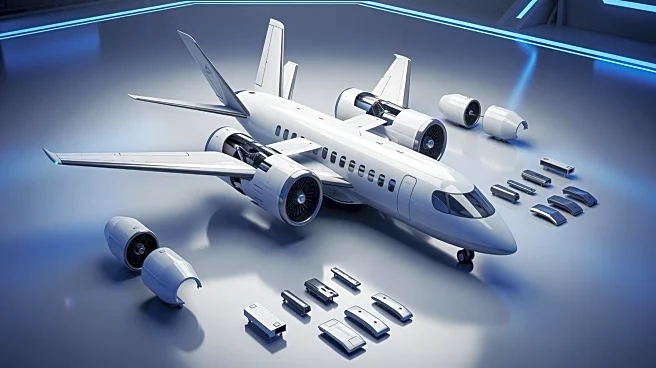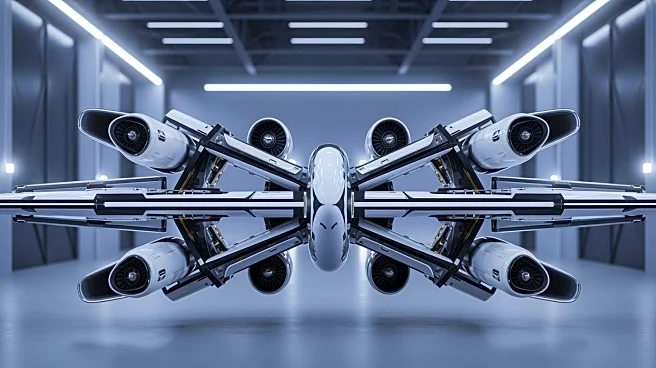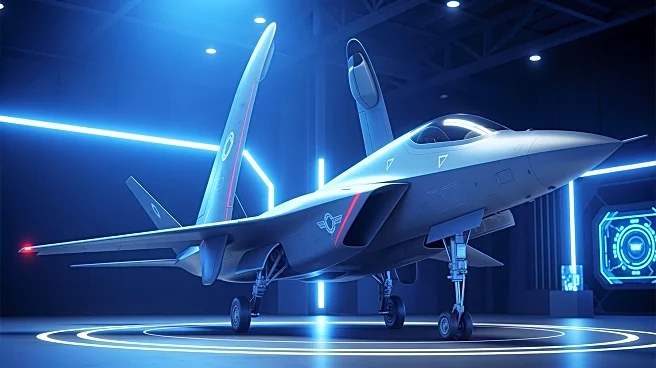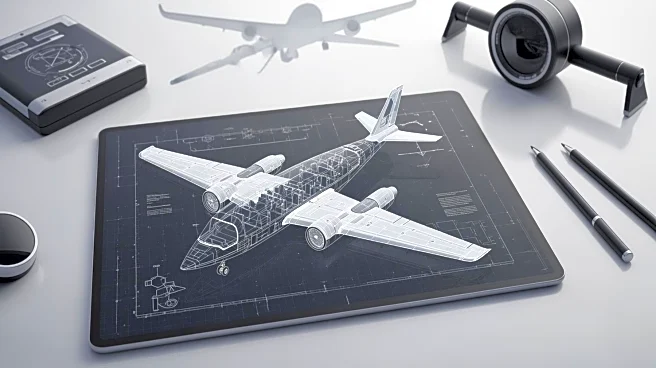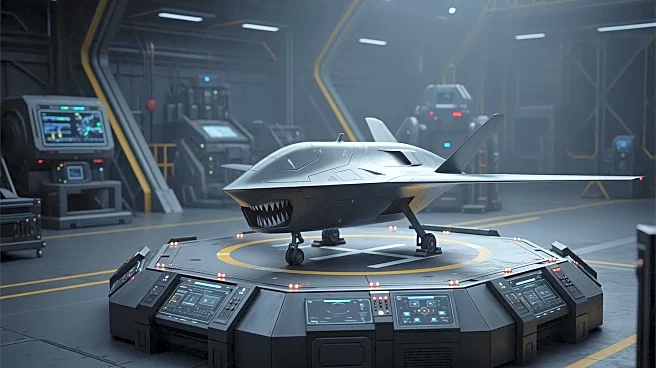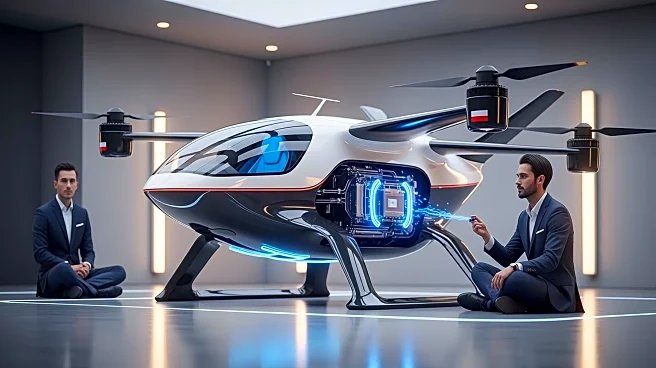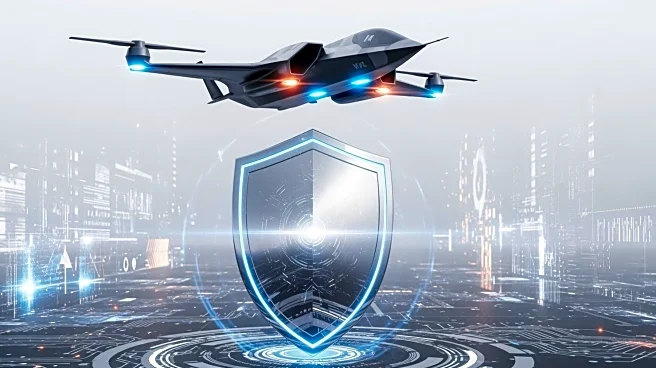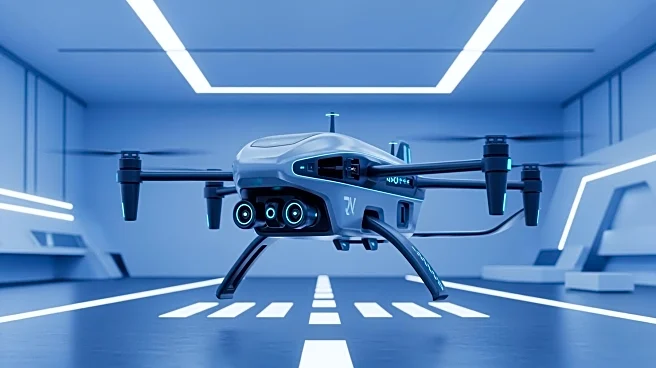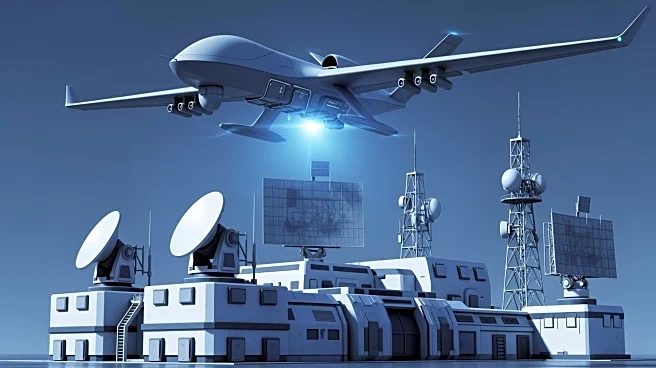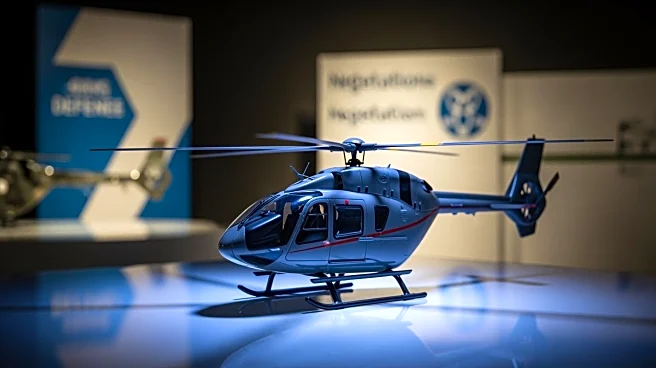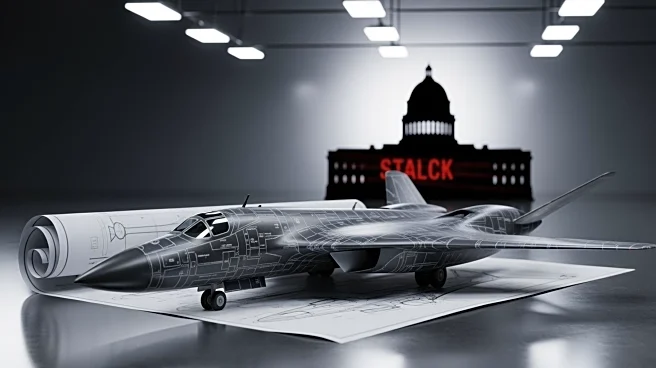What's Happening?
General Atomics Aeronautical Systems, Inc. (GA-ASI) has been awarded a contract by the U.S. Navy to develop conceptual designs for Collaborative Combat Aircraft (CCA). These aircraft are intended to support
future carrier-based air wing operations. The design approach will be modular, allowing for rapid reconfiguration and upgrades to meet evolving mission requirements. This initiative aligns with the Navy's strategy of smaller, more frequent acquisitions to enable rapid technology integration. CCAs are semi-autonomous jet fighters designed to complement traditional manned aircraft, enhancing capabilities and reducing risks to human crews. GA-ASI's design will focus on seamless coordination between manned and unmanned systems, aiming to maximize operational flexibility and cost efficiency.
Why It's Important?
The development of CCAs represents a significant shift in military aviation strategy, emphasizing the integration of unmanned systems to enhance combat capabilities. This approach could lead to increased operational flexibility and reduced costs, as CCAs can be produced in large quantities at lower costs compared to traditional aircraft. The initiative also reflects a broader trend in defense towards leveraging advanced technologies to maintain strategic advantages. For the U.S. Navy, this could mean enhanced mission effectiveness and reduced risks to personnel, potentially transforming future naval operations.
What's Next?
GA-ASI's contract with the Navy follows its previous selection to design and test the U.S. Air Force's first CCA, the YFQ-42A. As the company continues to develop these systems, further testing and integration into naval operations are expected. The success of these initiatives could influence future defense procurement strategies and the role of unmanned systems in military operations. Stakeholders, including defense contractors and military strategists, will likely monitor the progress closely to assess the impact on future defense capabilities.
